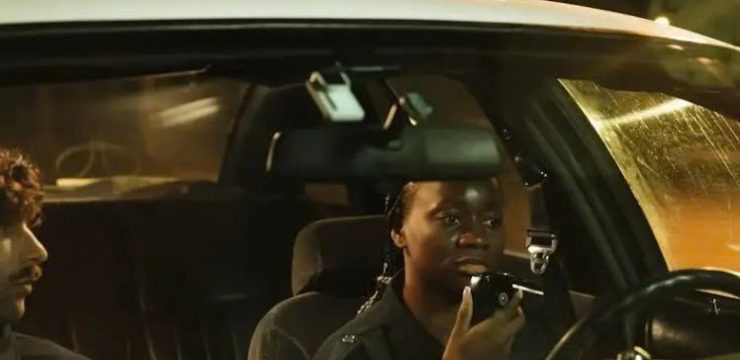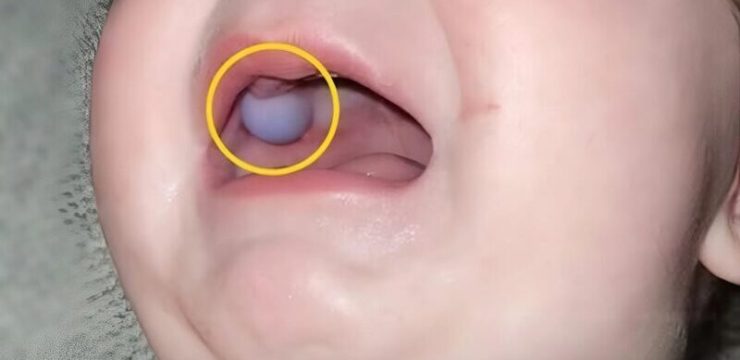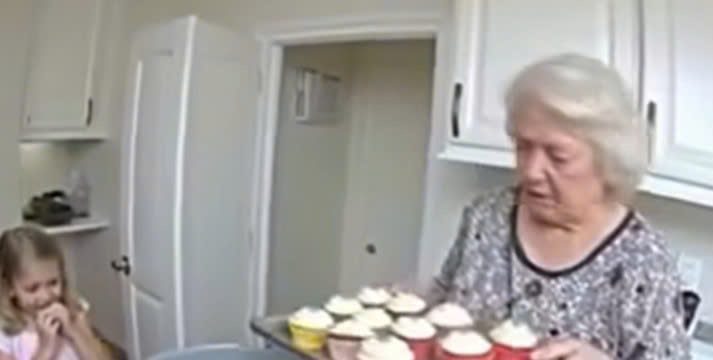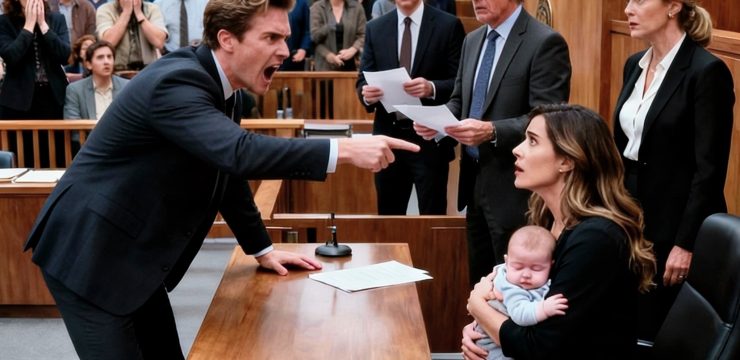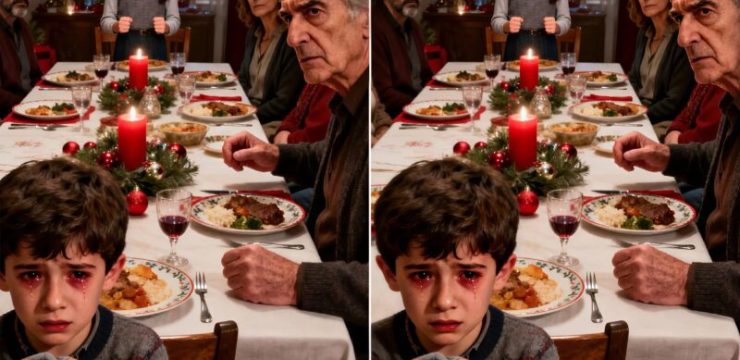At first glance, everything in this bedroom scene seems completely ordinary—a man in a suit is returning home from work, and his wife is comfortably lying in bed reading a book. The room looks neat, the lighting is soft, and there’s nothing obviously out of place. But take a closer look, and you’ll realize this is no typical domestic moment.
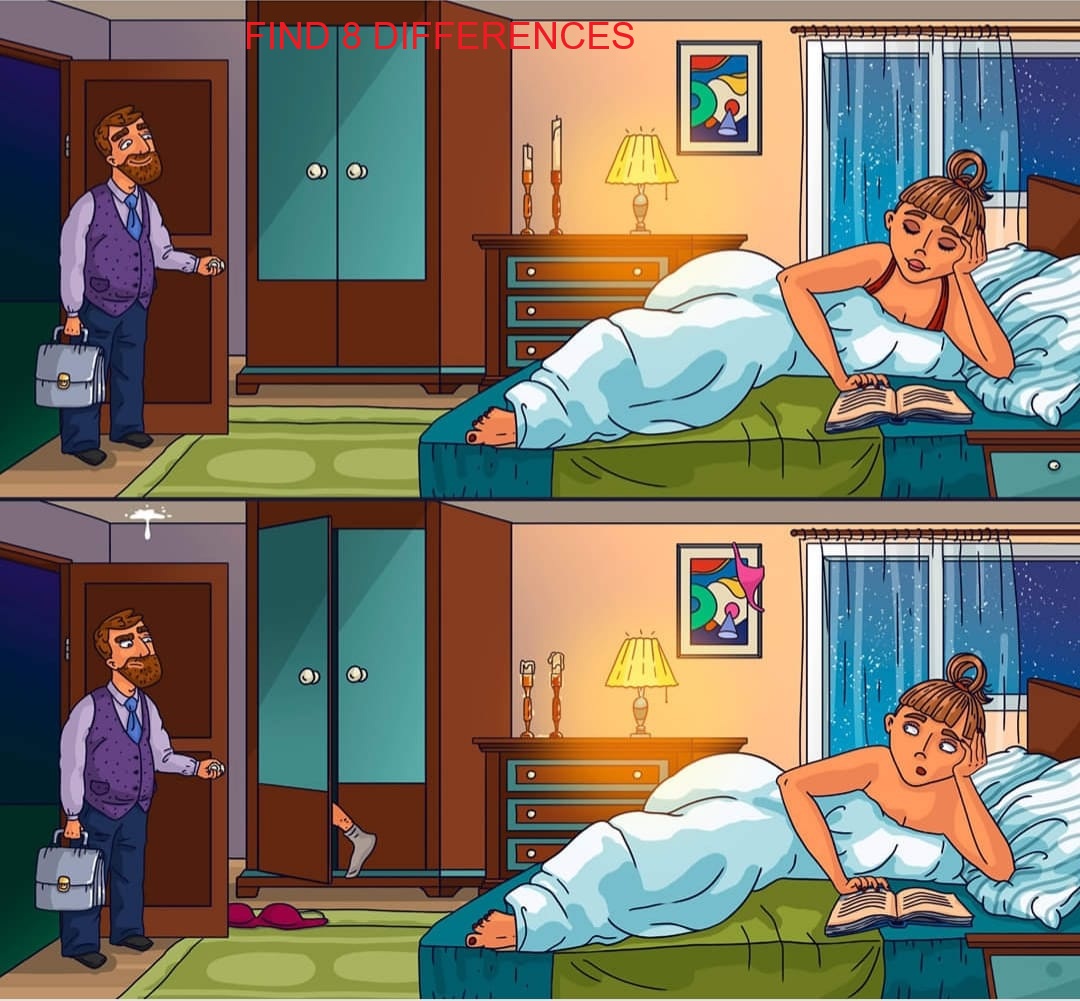
What you’re actually seeing is a visual puzzle made up of two almost identical images, and hidden within the second image are subtle but telling differences that suggest something far more suspicious is going on beneath the surface. These aren’t just random changes—they piece together a narrative that turns a calm scene into something much more intriguing. One of the first differences that stands out is a strange white mark on the ceiling in the top left corner of the second image. This mark isn’t present in the original version, and it immediately raises questions. Could it be a crack in the plaster? Or perhaps something even more unsettling, like a hidden camera placed to spy on the room? Either way, it doesn’t belong, and its sudden appearance is a clue that something isn’t quite right. Next, take a look at the husband’s facial expression. In the first image, he looks relaxed and happy, smiling as he walks into the room. But in the second image, his expression has changed drastically.
He now appears tense and concerned, his brows furrowed as if he senses something is off. This change in demeanor is subtle but significant, suggesting that he may be picking up on strange cues in the room that we, as observers, are only just beginning to notice. Then there’s the bra on the floor near the door—this item is completely missing in the first image but clearly visible in the second. The implication here is pretty clear: someone undressed in a hurry, and it likely wasn’t the man now entering the room. This clue alone dramatically shifts the tone of the scene, adding an element of urgency and potential betrayal. But perhaps the most startling discovery comes when you inspect the wardrobe. In the original image, the closet door is tightly shut, revealing nothing. In the second image, however, the door is slightly open—and a man’s leg is peeking out.
This one detail completely reframes the situation. It suggests someone else is in the room, hiding, possibly trying to avoid being caught. Now shift your focus to the candles on the bedside table. They appear in both images, but look closer and you’ll notice they’re untouched in the first and partially burned in the second. This change suggests that some time has passed or that a romantic encounter recently occurred before the husband came home. The artwork above the bed offers another interesting clue. In the first image, the painting is plain, but in the second, a new pink shape appears. While small, this detail adds to the overall sense that the environment has been subtly altered and that something unexpected has taken place.
The wife’s expression also tells a story. In the first image, she appears calm and focused on her book. In the second, she looks anxious, her face betraying tension and unease as if she’s been caught off guard. That nervous energy is mirrored in another revealing difference—her outfit. In the first image, she is clearly wearing a top. In the second, her upper body is exposed, with faint skin lines indicating she just removed clothing. All of these clues—each seemingly minor on its own—come together to form a compelling narrative. The second image strongly implies that the wife is hiding something, or more specifically, someone. Between the bra on the floor, the leg in the closet, the altered expressions, and the partially burned candles, the scene points to a secret rendezvous interrupted by the husband’s unexpected return.
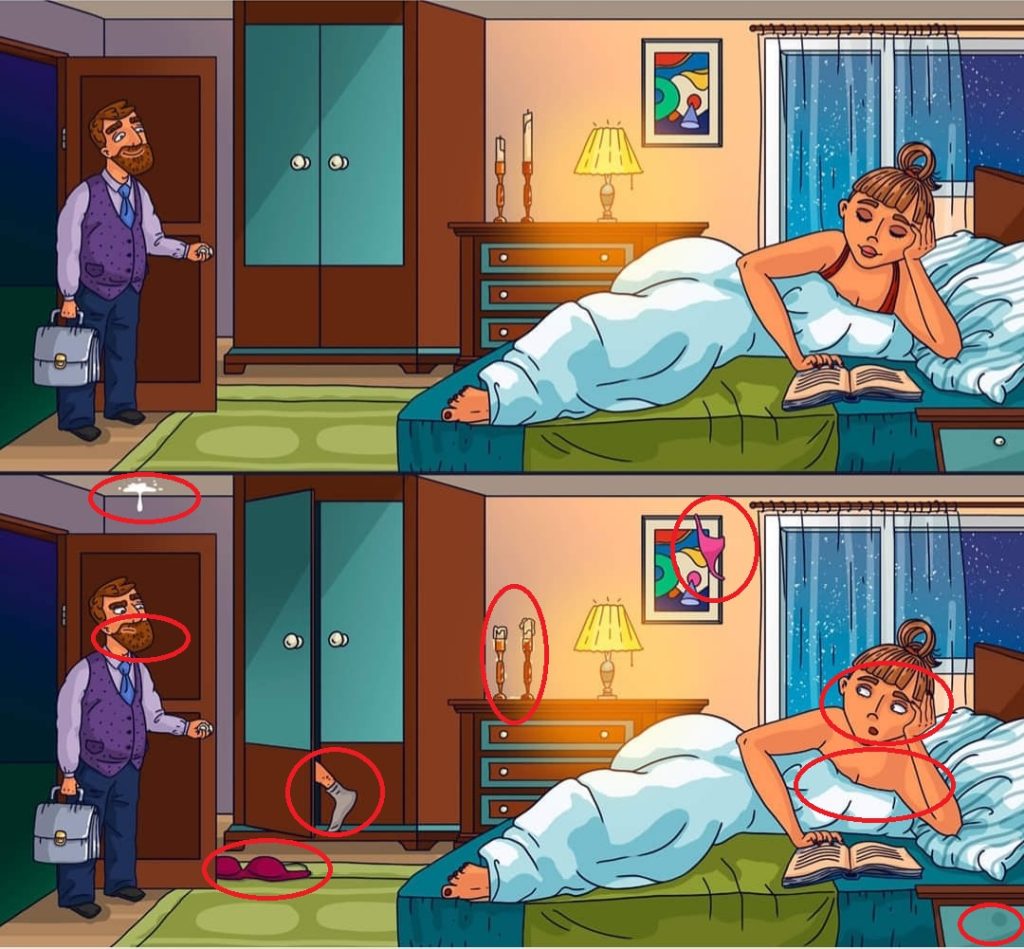
What makes this visual puzzle so fascinating is how it tells a complete story using only a handful of carefully placed differences. It’s not just about spotting what’s changed—it’s about interpreting those changes and uncovering the hidden narrative. If you managed to find all eight clues, congratulations—you’ve got a sharp eye for detail and a mind for mystery. This isn’t just a simple spot-the-difference challenge—it’s a cleverly constructed scene that tests your ability to observe, analyze, and draw conclusions from the smallest of visual cues. So ask yourself: did you catch everything, or did one clue leave you stunned?
